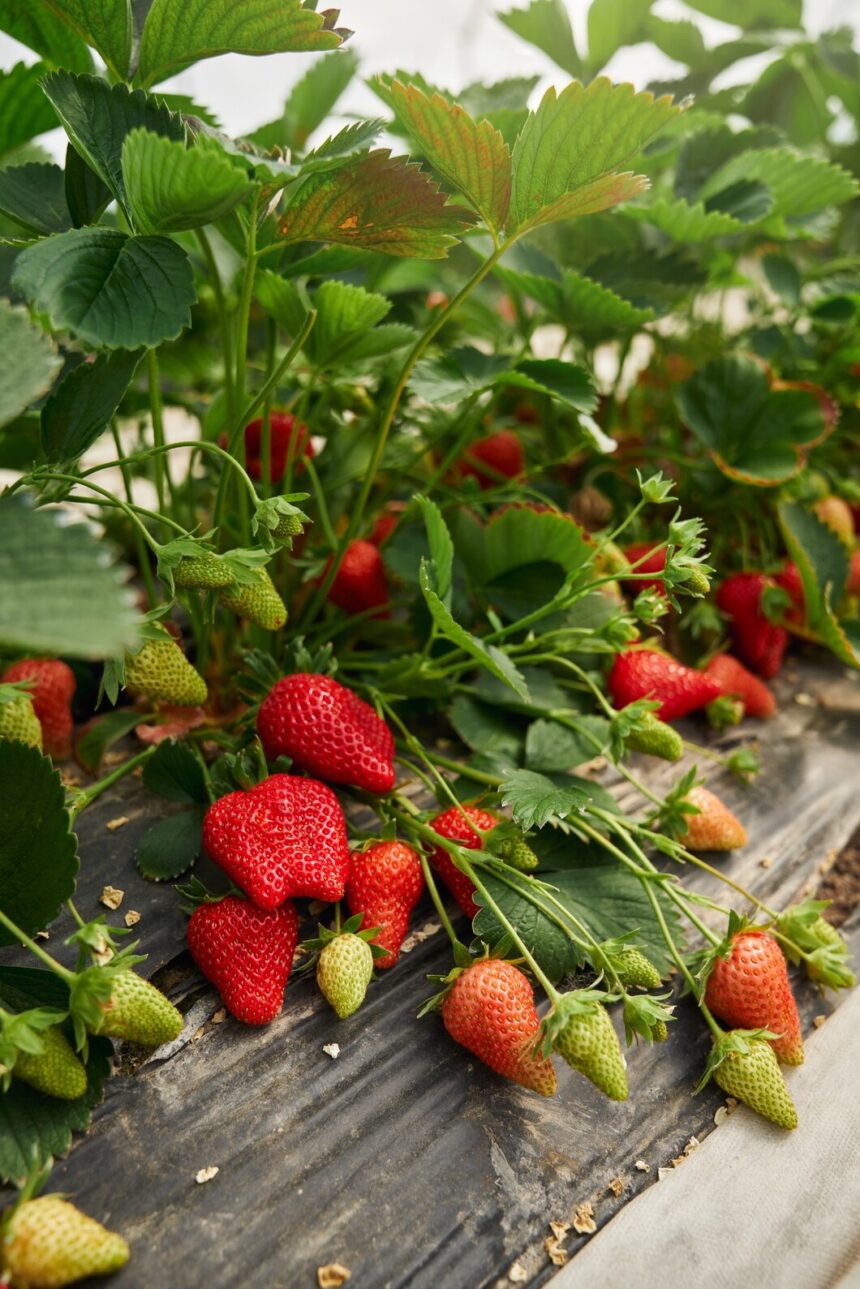Strawberry growers know that healthy plants are crucial for a bountiful harvest. However, diseases like red stele root rot (Phytophthora fragariae) can significantly impact the yield and quality of strawberries. Recognizing the early signs of this disease is essential for timely intervention and management. Here are ten early indicators that your strawberries might be suffering from red stele root rot.
1. Wilting Leaves
One of the earliest signs of red stele root rot is wilting leaves, especially during hot weather or midday. This happens because the damaged roots can no longer absorb sufficient water, leading to water stress in the plant.
2. Stunted Growth
Plants affected by red stele root rot often exhibit stunted growth. They may appear smaller and less vigorous compared to healthy plants. This stunted growth is due to the root system’s inability to support normal plant development.
3. Yellowing Leaves
Yellowing leaves, particularly at the margins, can be an early sign of nutrient deficiencies caused by root damage. The roots’ impaired function prevents them from effectively absorbing nutrients from the soil.
4. Red Discoloration in Roots
When you dig up an affected plant, you may notice a red discoloration in the roots. This is a distinctive sign of red stele root rot. The stele, or central core of the root, turns red, which gives the disease its name.
5. Darkened Roots
In addition to red discoloration, the outer portion of the roots may become dark and brittle. Healthy strawberry roots are typically white or cream-colored, so any darkening is a cause for concern.
6. Reduced Root Mass
A noticeable reduction in root mass is another early indicator. Infected plants have fewer roots, and the existing roots may be shorter and less branched compared to those of healthy plants.
7. Root Rotting and Decay
As the disease progresses, the roots begin to rot and decay. This rot usually starts at the tips of the roots and moves upward. Affected roots may feel mushy and break apart easily when handled.
8. Poor Fruit Development
Plants with red stele root rot often produce fewer and smaller fruits. The strawberries that do develop might be misshapen or undersized, reflecting the plant’s overall poor health.
9. Uneven Ripening
You might observe uneven ripening of the fruits. Infected plants struggle to transport water and nutrients, causing some berries to ripen prematurely while others remain green and underdeveloped.
10. Patchy Field Symptoms
Red stele root rot typically appears in patches throughout the field. Infected plants are usually found in low-lying or poorly drained areas where water tends to accumulate. Observing these patchy patterns can help in early identification.
Managing Red Stele Root Rot
Once you suspect red stele root rot, prompt action is necessary to manage the disease and prevent its spread.
- Improve Drainage: Ensure proper field drainage to prevent waterlogging, which creates ideal conditions for Phytophthora fragariae.
- Resistant Varieties: Plant resistant strawberry varieties that are less susceptible to red stele root rot.
- Crop Rotation: Avoid planting strawberries in the same field consecutively. Rotate with non-host crops to reduce pathogen levels in the soil.
- Soil Treatment: In some cases, soil fumigation or the application of fungicides may be necessary to control the pathogen.
- Sanitation: Remove and destroy infected plants to prevent the spread of the disease. Clean tools and equipment to avoid contamination.
Early detection of red stele root rot in strawberries is crucial for effective management. By being vigilant and recognizing these early signs, you can take timely measures to protect your crop. Implementing proper cultural practices and selecting resistant varieties are key strategies in combating this devastating disease, ensuring a healthy and productive strawberry harvest.
Join 'Farmers Mag' WhatsApp Channel
Get the latest Farming news and tips delivered straight to your WhatsApp
CLICK HERE TO JOIN






